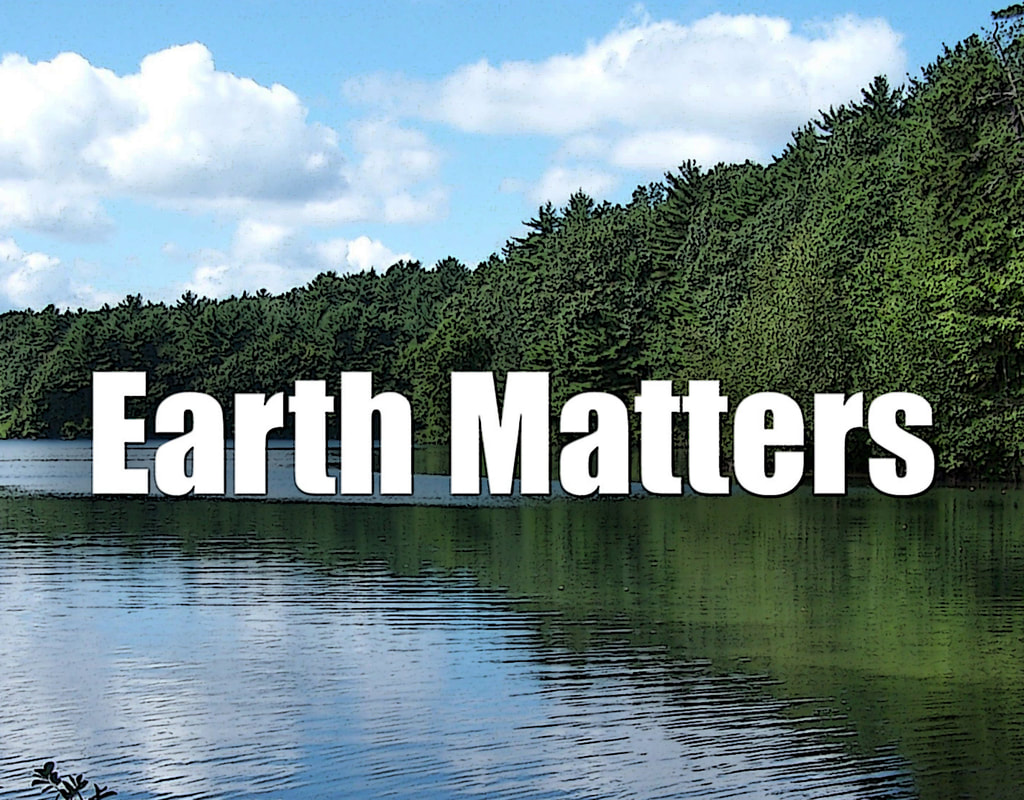|
Management of environmental resources of all kinds evolve and mature as the decades pass. What we did forty years ago should seem woefully inadequate in 2016. While our region has made great strides on many of these fronts, our recycling would appear stuck in the 1980s. By contrast, we have made considerable progress in cleaning up our sewage, minimizing our industrial by-products and reducing the amount of toxins we generate. Disgusting as it may sound, sewage and industrial waste were once commonly piped or diverted directly into rivers.
Difficult as it may be to believe, this still happens in the poorest parts of the world. The damage to water supplies and disease that often results kills more than 3.5 million people every year. Countries with the will and resources to properly handle their sewage now pipe this stuff to treatment plants, making water-borne diseases like typhoid, dysentery and cholera almost unheard of in places like the United States. Trash has undergone a similar evolution. Like sewage, the first goal was to get it away from the cities and people. The old open dumps, however, were especially awful places that caught fire, attracted massive numbers of rodents and leaked into nearby waterways. This gave rise to the landfill, a planned deposition area, excavated for the trash and then covered over. Though the early landfills were a big improvement over open dumps, they still produced liquid leachate that seeped into groundwater. Modern landfills are now required by the Resource Conservation and Recovery Act (RCRA) to be lined and leachate treated before being put back into public waterways. The modern landfill also had more stringent daily cover requirements intended to reduce odor problems and animal intrusions. Yet even with these advances, landfills remained unpleasant places. Cynics fear they will leak and, even with landfill gas recovery systems, they give off the powerful greenhouse gas, methane, as organic waste decomposes. Recycling and composting became the next logical step in managing waste. Why throw it in a hole that stinks and requires expensive pollution controls when more than half the stuff we discard can be made into new products and packaging? Just as a civic-minded person would never throw toxic chemicals in their school playground or flush their sewage into the neighbor's front yard, you'd think reasonable people would separate their trash. Yet even in good recycling communities, many recyclable materials end up in the trash. Subpar recycling communities are far worse. The national recycling magazine, Resource Recycling, summarized a study on data from recycling 17 programs. In those communities, they found that about half the recyclable material was recovered. The average household generated 866 pounds of recyclables, recycling 410 pounds each year. Local processor and hauler data shows that the household recycling rate in our program is 232 pounds per household, or 37% of our recyclable material. Figures from the Pennsylvania Department of Environmental Protection (DEP) show the program is in the bottom 15% of those with more than 15,000 people. That means that somewhere between the store and the recycling center, the average household is losing track of 634 pounds of recyclables every year. That might have been tolerable thirty years ago, but it seems unacceptable in 2016. A summary of the data discussed in this article can be found here.
2 Comments
michael joseph stubler
1/1/2023 05:24:01 am
John, Thank you so much for your enlightened and informative columns. I am simultaneously educated and terrified by the content. It is my sincere wish that you continue to shine a light on the deniers.
Reply
Your comment will be posted after it is approved.
Leave a Reply. |
|
|
All Original Material - Copyright © - All rights reserved. No part of this site may be used without written consent. Email John with questions.
Site Powered by Weebly. Managed by Brush Mountain Media LLC. |
© COPYRIGHT
2010-2023. |

